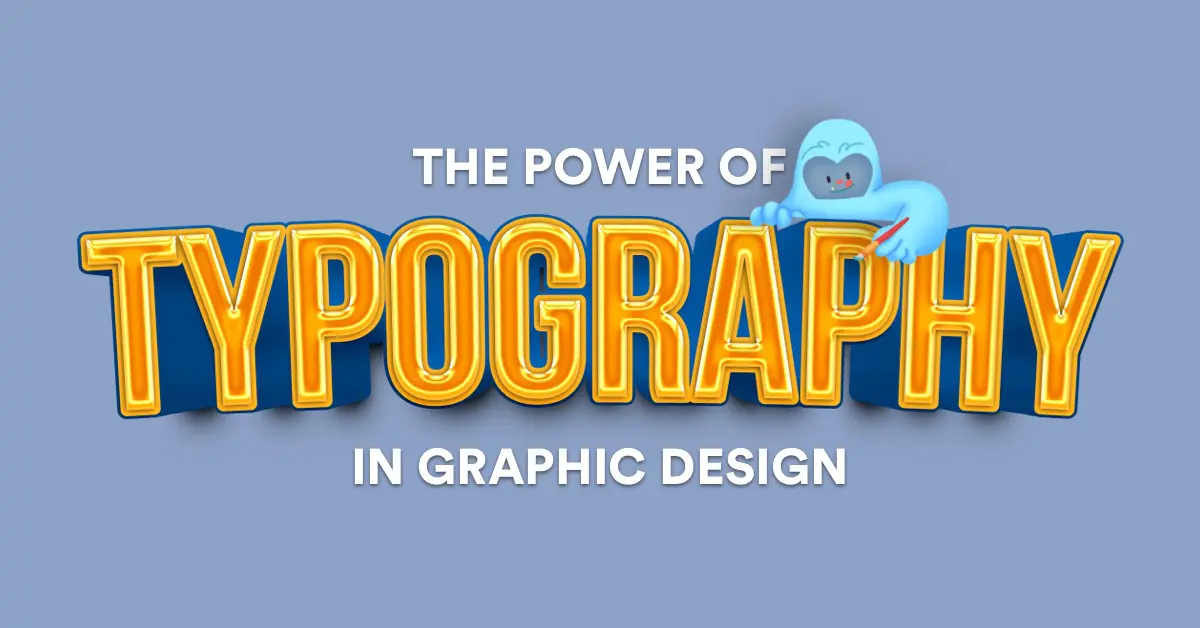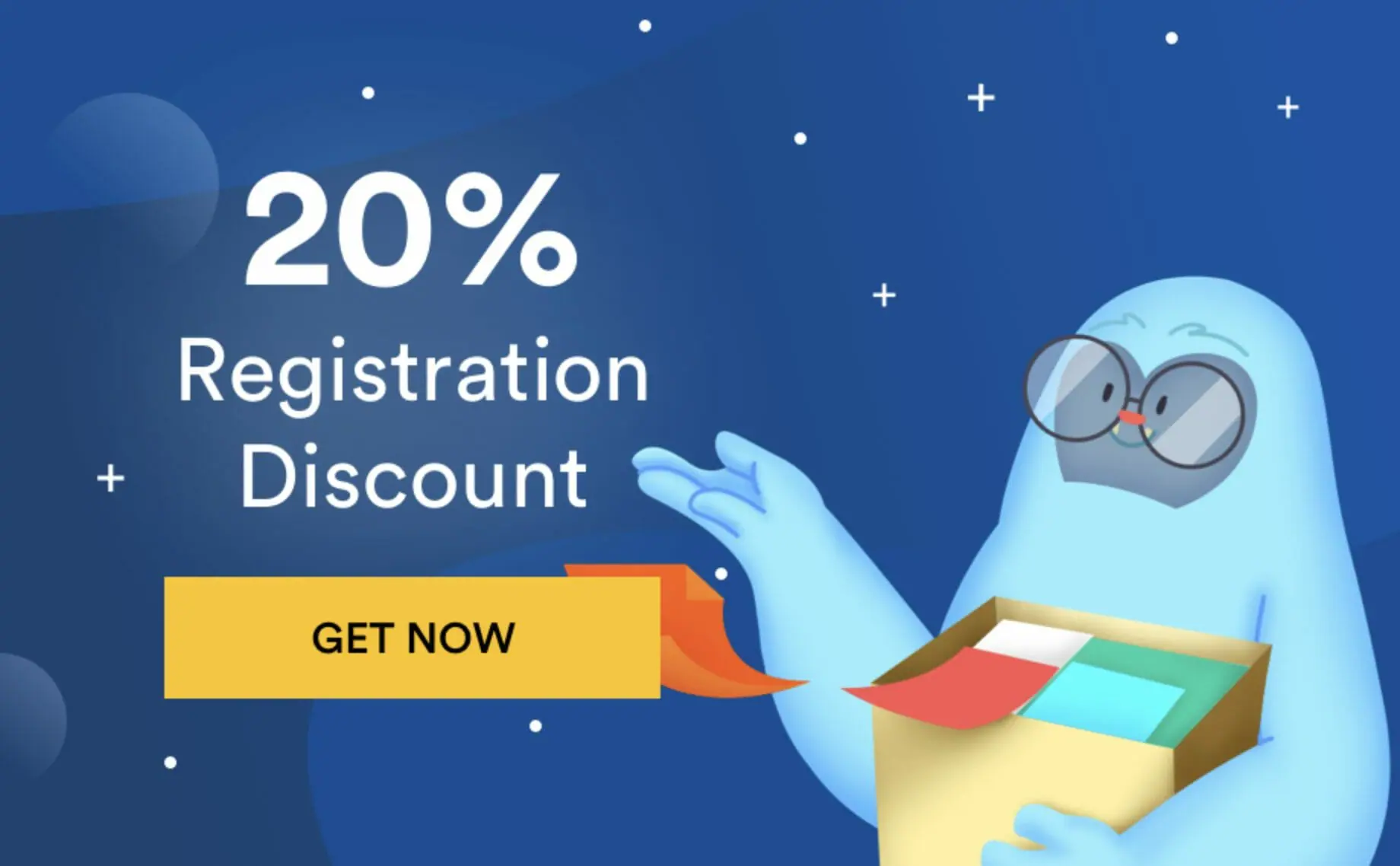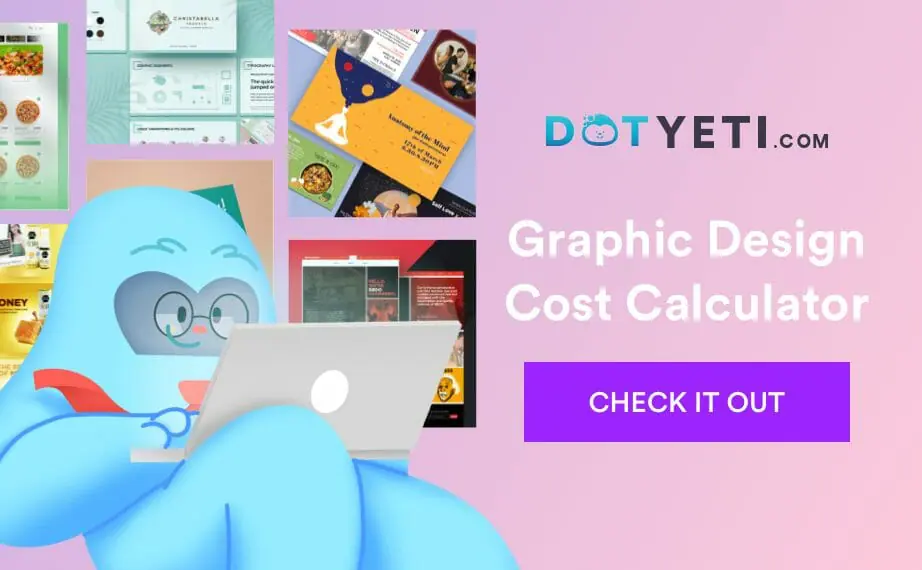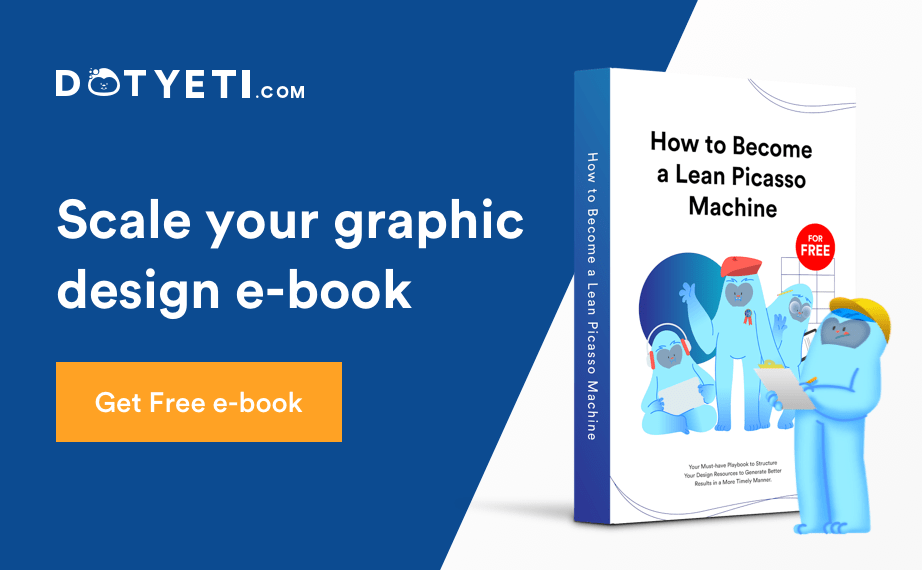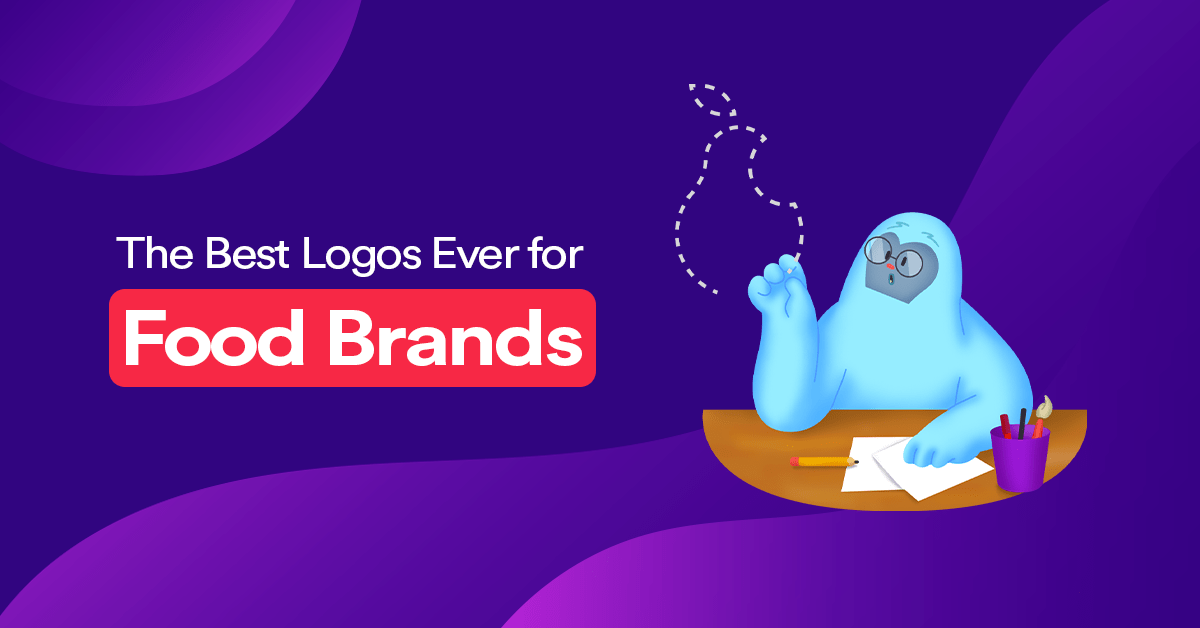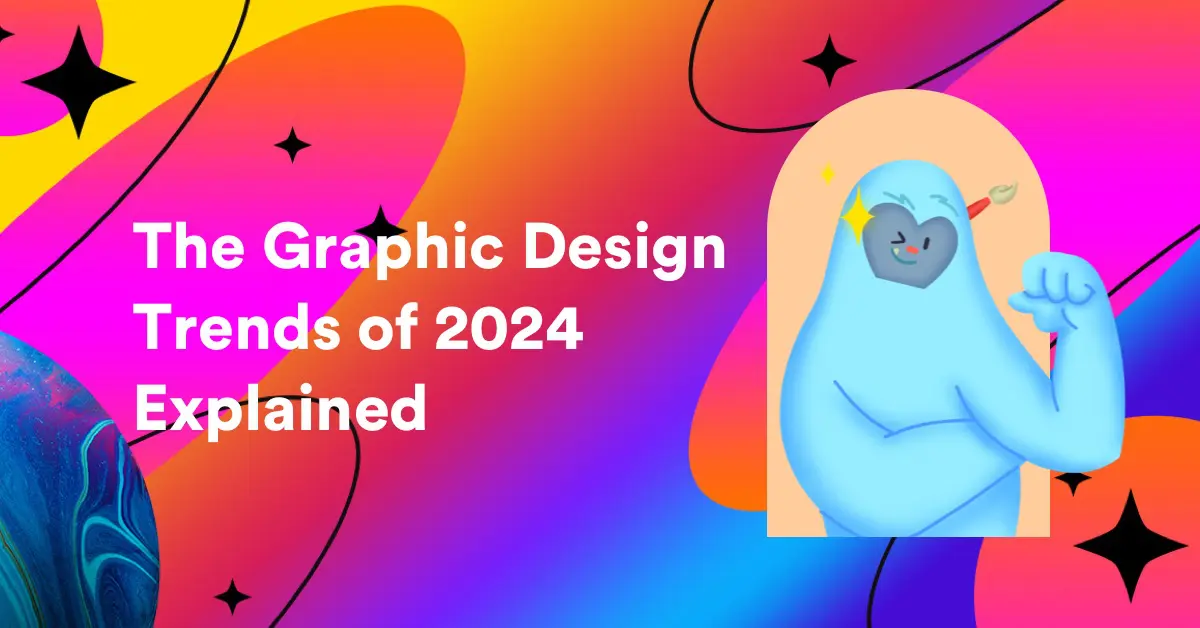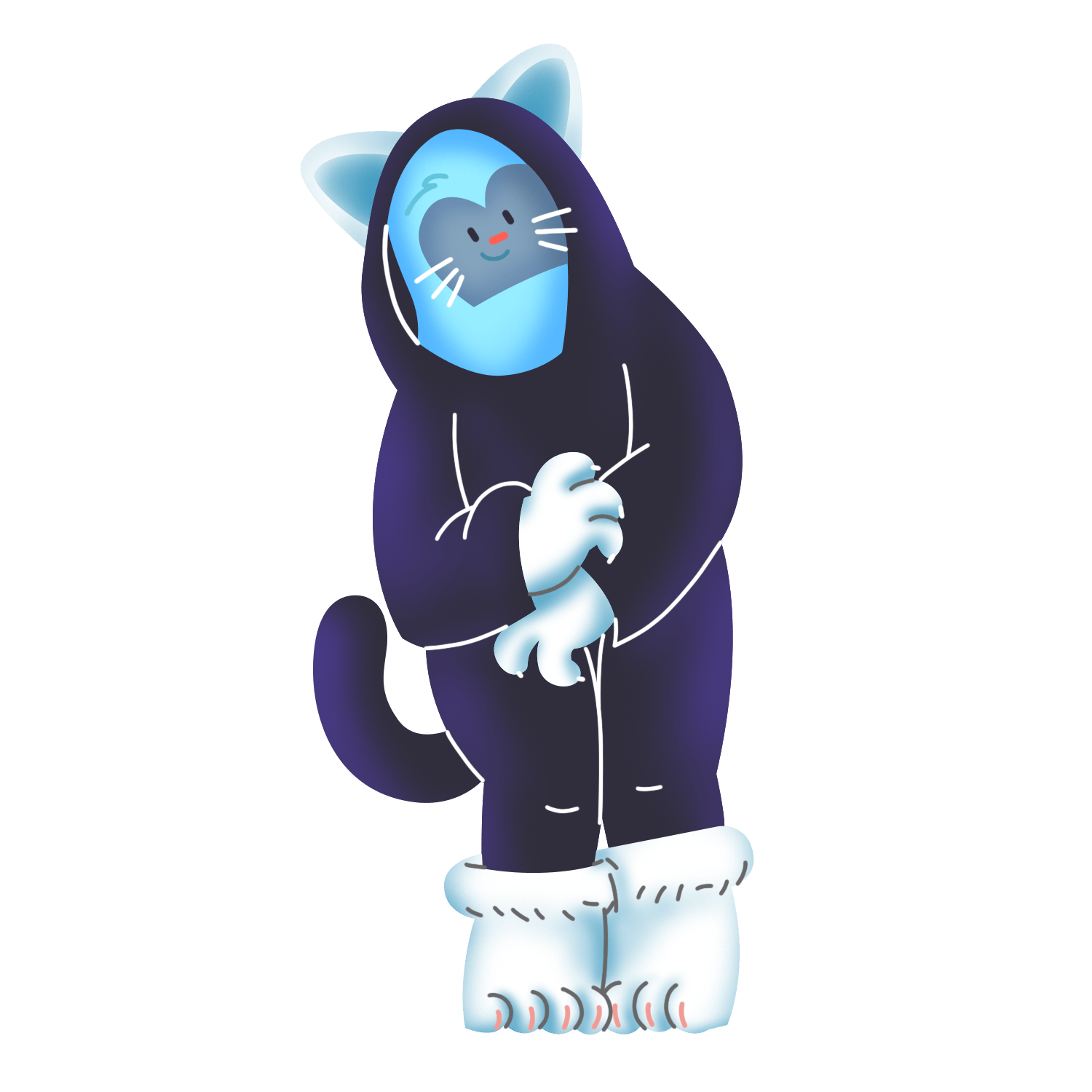Imagine a world without typography in graphic design—can that world be livable? If you really think about it, typography plays a fundamental part in our daily activities. Every string of letters printed in public places, historical artifacts, and places of importance has influenced or has been influenced by typography. Graphic design is no different. Your graphic design strategy—and its typography—will help you effectively communicate with your audience. When you use the right typeface, you can also add personality and emotion to your work. In this article, we’ll cover some best practices for using typography effectively. We’ll also share tips on how to bring your personality to your designs.
7 Elements of Typography
There are seven universal elements of typography, namely: typeface, alignment, color, contrast, consistency, white space, and hierarchy.
Typeface
A typeface is a design style that comprises a myriad of characters of varying sizes and weights. In other words, a typeface is a family of related fonts, while fonts refer to the weights, widths, and styles that constitute a typeface. They are different from fonts, which are a graphical representation of text characters.
There are 3 types of typefaces: Sans, Sans-serif, and Decorative

Alignment
Text, graphics, and images are combined and composed through the process of alignment to guarantee that there is an equal amount of room, size, and distance between each piece. For instance, readers who read from left to right will find it confusing if your text is aligned to the right.
Many UI designers use margins to make sure that their header, logo, and text body are all aligned with one another. It’s wise to consider industry norms when harmonizing your user interface.
Color
The three main components of color are value, hue, and saturation. Even for individuals with visual impairments, a smart designer will be able to balance these three elements to create writing that is appealing and easily readable. Designers frequently check this by examining the text in greyscale (without color) and making adjustments if the text contrasts with the backdrop color too darkly or too brightly.
Contrast

Contrast aids in communicating to your audience which thoughts or messages you wish to emphasize. Most designers use contrast to make a statement and break up a page by experimenting with different fonts, colors, styles, and sizes.
Consistency

Source: medium.com
Looking at this picture, you can see why it’s crucial to use the same font type throughout an informational piece—so that your audience can quickly grasp what you’re saying and start to spot patterns. A cluttered and confusing interface may be prevented by maintaining consistency throughout your fonts.
While experimenting with different levels of hierarchy is acceptable to some extent, it’s best practice to develop and adhere to a consistent hierarchy of fonts.
White space

Whitespace is the term for the empty space around elements like text or objects; it might be in the form of padding, margins, or even just a clear space. It produces a beautiful aesthetic environment and may even make words more noticeable. It is difficult to read the text in the first box down because it is pressed up against the box’s border. The text has more room and the design even appears more fashionable in the second box.
Hierarchy
And last is hierarchy. Typographic hierarchy seeks to provide a significant separation between important textual elements that should be noticed and read first and ordinary textual elements. Designers are urged to be succinct and produce typefaces that enable users to consume the necessary information in brief amounts of time in an age of short attention spans caused by social media.
Important role in design
Typography plays a major role in design as messages are communicated through visuals. Visual language creates strong emotions, conveys information, and gives meaning to the content being presented. With the right combination of typefaces and fonts, you can make your content look clean and professional.
Using typography
The typeface you choose can affect the mood of your design and give it a personality. For example, certain typefaces are more casual, while others are meant to convey sophistication. The typeface that you select for your design will influence how your audience perceives it overall.

For example, Futura was designed by Paul Renner in 1927 as a modernist sans-serif letter form. this is why it’s considered one of the most influential sans-serifs ever created since then (it’s been used everywhere from album covers for rock bands like Nirvana’s Nevermind to logos for companies like Apple). It has a very distinct geometric style that makes me think “modern” when I look at it—so if I were creating something new today (like an app) that needs to look fresh and new compared to its competitors but still keep some elements from traditional designs like fonts that were available back then (think typewriters), then maybe Futura would be appropriate!
Also, typography can also be used to add personality to a project. If you’re working on an editorial piece, you might want the text to reflect the author’s voice. You can do this by using different fonts, sizes, weights, and styles throughout your work.
Impacts on messaging
Use typography to support, reinforce, and highlight the message of a project. Apart from that, you can also add emotion to a project by making careful design choices.
- Support: Use typography to provide visual support for your content, including headings and copy. For example, if you’re writing about aliens, use an alien-esque typeface or font style. At the very least, choose something that’s otherworldly and unique.
- Reinforce: Your choice of font style should reinforce what you’re trying to say with your design. Do this so your readers can absorb the information at a glance. For example, if someone is reading about aliens invading Earth then maybe use some bold typefaces or italics (or both). This will help highlight what needs highlighting without distracting from other elements on the page such as images or logos/brands
- Readability and legibility: The right typeface will make your project easier to read, more legible, and visually appealing. The wrong choice can make a project hard to understand. If you’re not careful, you could end up with a project that looks like it was designed by an amateur—or worse yet: an amateur copywriter. A good rule of thumb is to use a serif typeface for long text and reserve a sans-serif typeface for headlines.
Typography and its use weighs heavily on graphic design
In short, typography is an essential element of graphic design. You can use it to convey a message or bring personality into your work. At the same time, it’s also the arrangement and styles of type, which can affect the readability of your design. That’s why it’s important that you use the right typefaces for your project. Designers also use typography in many different ways and for varying reasons. They may use it to emphasize statements, make something readable, or create an immersive experience. When done right, typography can do a lot of heavy lifting in graphic design. So if you want to get ahead in graphic design, start by learning how this element works.
Want to learn more about typography? Looking for designers with extensive experience in using typography. Book a consultation with DotYeti and never worry about making a mistake in typography with your designs!
